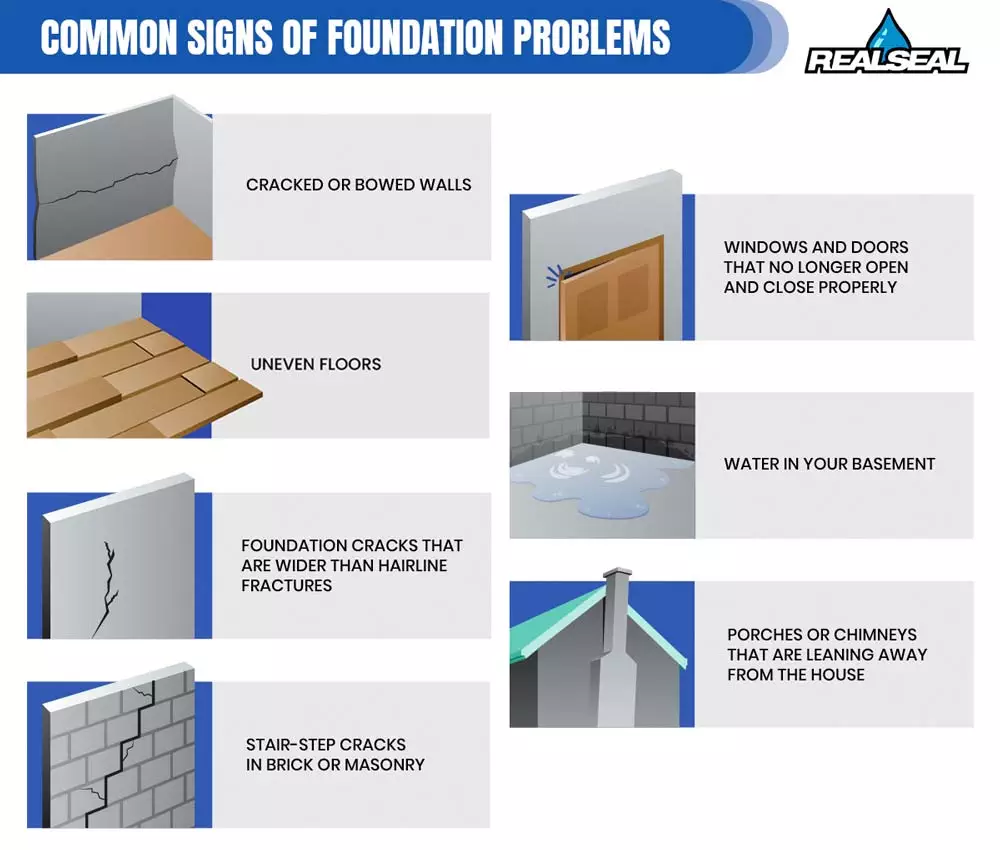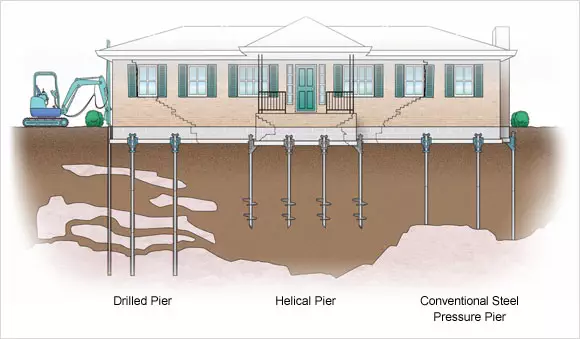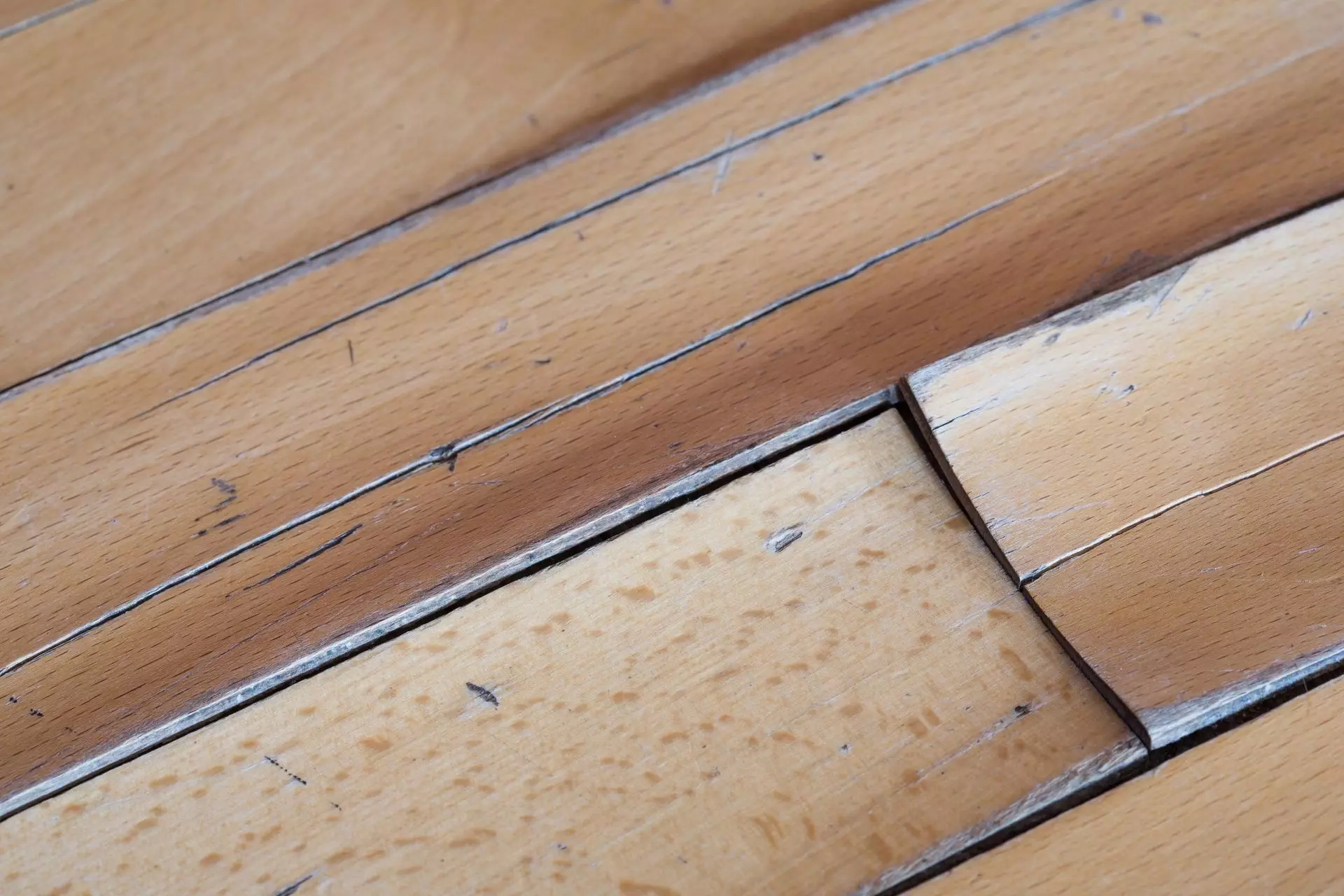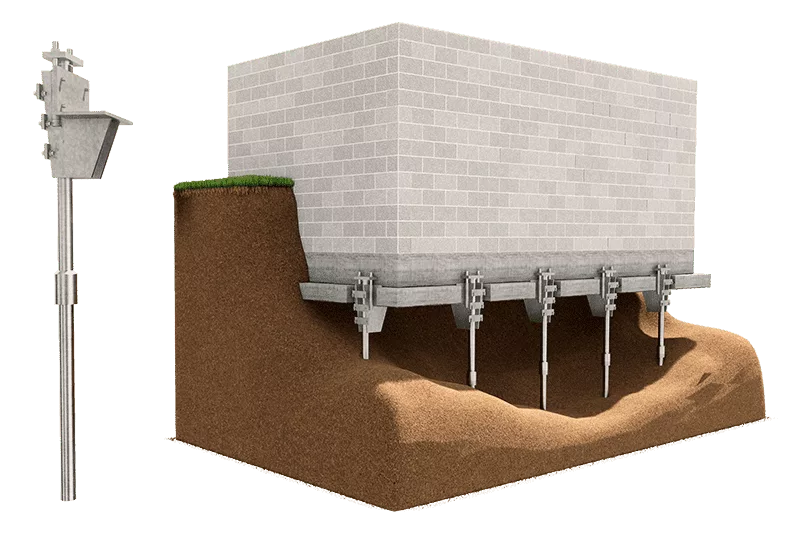
What Everyone Ought to Know About Bowing Foundation Walls
Have you noticed any alarming changes in your basement walls? You might see cracks or feel like they’re not as straight as they used to be. Bowing foundation walls can feel like a looming problem, creating stress and uncertainty about the safety of your home. But you’re not alone. Many homeowners face this issue, and understanding what causes it can make a world of difference.
When walls in your home start to bow, it’s often due to pressure from the soil outside. This can lead to significant foundation issues if not addressed promptly. But don’t worry; there are effective solutions. You can explore options like wall stabilization and foundation reinforcement. Sometimes, installing wall anchors can also help restore your home’s structural integrity and peace of mind. Knowing who to turn to for help is crucial, and foundation repair experts are ready to assist you in safeguarding your home.
Curious to learn more about keeping your basement walls strong and your home safe? Dive into the details and discover how you can tackle these foundation challenges with confidence.
Within the post
Understanding Bowing Foundation Walls
Have you ever noticed that your basement walls are not straight? This is what people call bowing foundation walls. They might not seem like a big deal at first, but they can actually cause a lot of trouble. So, let’s dive into the world of bowing walls and understand them better.
Causes of Bowing Walls
One major cause of bowing foundation walls is soil pressure against foundation. When the soil outside your house presses too hard against the walls, they may start to bend. This is because sometimes the soil gets too wet and heavy, especially after heavy rains.
Another thing to consider is water accumulation. If water gathers around your house, it can make the soil expand and push against the basement walls. This added pressure can cause them to bow inward.
Moreover, poor construction can also lead to these issues. If the walls are not built strong enough in the first place, they might not handle the pressure well. It’s always important to have a strong foundation to avoid these problems.
Signs to Look For
How can you tell if you have bowing foundation walls? One sign is cracked walls. If you see cracks in your basement, it might be a sign that the walls are under pressure and bending.
Another sign is poor door alignment. If doors in your basement no longer fit well in their frames, it could mean the walls are moving. Keep an eye out for these issues to catch any problems early.
Potential Risks
Bowing walls are not just a small inconvenience. They can actually affect your home’s structural integrity. This means your house might not be as strong and safe as it should be.
If you ignore bowing walls, the damage can worsen quickly. Over time, the walls can become weak and even collapse. Therefore, it’s important to address these issues promptly to protect your home.
When to Seek Help
So, when should you call for help with bowing foundation walls? If you notice any of the signs we mentioned, it’s best not to wait. The sooner you act, the better chance you have of fixing the problem before it gets worse. Reach out to a professional who can assess the situation and suggest the best repair methods for your walls.
Foundation Repair Solutions
When it comes to Fixing bowing foundation walls, there are several options available. Each method has its own benefits, depending on your specific situation. Let’s explore some of these repair methods to see which might work best for you.
- Wall anchors stabilize the structure.
- Reinforcement strengthens the foundation.
Choosing the right method is crucial. Your decision can impact how well the walls are fixed and how long the solution lasts. Therefore, consider your options carefully and consult with an expert if needed.
Wall Stabilization Techniques
Understanding different stabilization methods is key to finding the right fix. Each method suits different needs, depending on the severity of the bowing and the soil conditions around your house. For instance, some techniques may be more suitable for walls with slight bowing, while others are designed for more severe cases.
Using Wall Anchors
Wall anchors are a popular choice for dealing with bowing walls. They work by securing bowing basement walls and pulling them back into place. Professional installation ensures effectiveness, which helps you avoid future problems. Wall anchors are a trusted method, especially when the walls are severely bowed.
Reinforcement Options
Reinforcement is another excellent option for fixing bowing walls. This method focuses on enhancing wall strength, making them more resistant to pressure. Experts recommend these reinforcement solutions because they are effective at providing long-lasting support.
Hiring Foundation Experts
When dealing with serious foundation issues like bowing walls, it’s wise to turn to the pros. Foundation experts can diagnose your foundation issues accurately. They have the experience and tools needed to identify what’s causing the problem and offer the best solutions. Don’t hesitate to contact them for effective solutions to ensure your home stays secure.
Maintaining Basement Walls
Keeping your basement walls in great shape is important for preventing foundation issues in the future. Regular maintenance can go a long way in helping you avoid costly repairs down the line.
Monitoring Signs of Damage
Performing regular checks can help you catch early signs of damage. Swift action prevents escalation, so you should inspect your basement for any changes from time to time. If you notice any cracks or bowing, addressing the problem quickly can save you a lot of trouble and money.
Preventing Future Foundation Problems
Preventing future problems is always better than fixing them later. Let’s look at some ways you can help keep your foundation strong and stable.
Improving Drainage Systems
One effective way to prevent issues is by installing drainage systems to reduce soil pressure. These systems help manage water around your house, ensuring that it flows away from the foundation instead of accumulating against it. Proper grading also ensures water flows away, reducing the risk of bowing walls.
Addressing Soil Issues
Soil management is crucial in preventing foundation stress. By keeping the soil in check, you reduce the pressure it puts on your basement walls. Experts advise on soil treatments, which can make a big difference. Proper landscaping can also help maintain stability around your home.
Common Myths and Misconceptions
There are many myths about foundation issues that you might have heard. Let’s clear up some of these misconceptions so you can handle bowing walls with confidence.
Myth: Minor Cracks Are Harmless
Some people believe that minor cracks are nothing to worry about. However, even small cracks need attention because they can turn into bigger problems over time. It’s always better to fix them sooner rather than later.
Myth: DIY Repairs Are Enough
Another common myth is that DIY repairs are enough to solve foundation problems. While it’s tempting to try and fix things yourself, professional repairs ensure longer-lasting solutions. Consulting experts for reliable solutions is always the best approach.
Myth: Insurance Covers All Damages
You might think that insurance covers all damages related to foundation issues, but this is not always the case. Insurance may not cover all repairs, so you must check your policy details carefully. Knowing what is and isn’t covered can help you plan accordingly.
Evaluating Your Foundation’s Condition
Regular evaluation of your foundation’s condition is essential for maintaining safety and stability. Let’s explore some ways to assess your foundation effectively.
Conducting Visual Inspections
Conduct visual inspections regularly to look for foundation problems. Record any changes over time, such as new cracks or bowing. Keeping a record helps you identify patterns or worsening conditions.
If you notice any concerns, seek professional advice when needed. It’s better to be safe and get an expert opinion if you’re unsure.
Using Professional Assessment Tools
Experts have specialized tools for assessing foundation conditions. These tools provide more accurate readings than what you can achieve with the naked eye. Using professional assessment tools ensures that you have a clear understanding of what needs to be done to fix any issues.
Steps to Take After Recognizing Issues
If you recognize any problems with your foundation, don’t panic. There are steps you can take to address the situation effectively.
Contacting Foundation Repair Services
Reach out to repair experts quickly once you identify an issue. They can help you assess the situation and provide the best solutions for fixing your foundation. Acting fast often results in better outcomes and prevents further damage.
Take Control of Your Foundation’s Future
Understanding the challenges posed by bowed walls empowers you to protect your home. Early intervention maintains structural integrity and prevents further damage. By taking action, you enhance your home’s safety and value. You deserve peace of mind knowing your foundation is secure.
You can take actionable steps today. Begin by inspecting your basement walls for any signs of distress or cracks. Call a foundation expert to assess the situation and provide tailored solutions. These professionals can guide you on wall anchors or other stabilization techniques for effective reinforcement.
Don’t wait for the problem to escalate. Reach out to a foundation specialist now and secure your home’s future. Your proactive approach ensures stability and safety for the years to come. Act today for a confident tomorrow.






